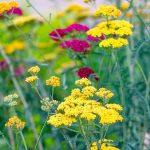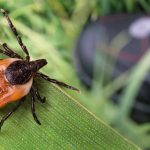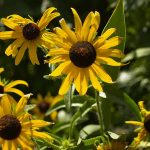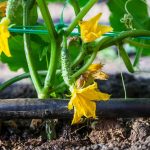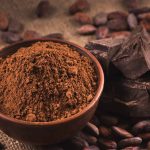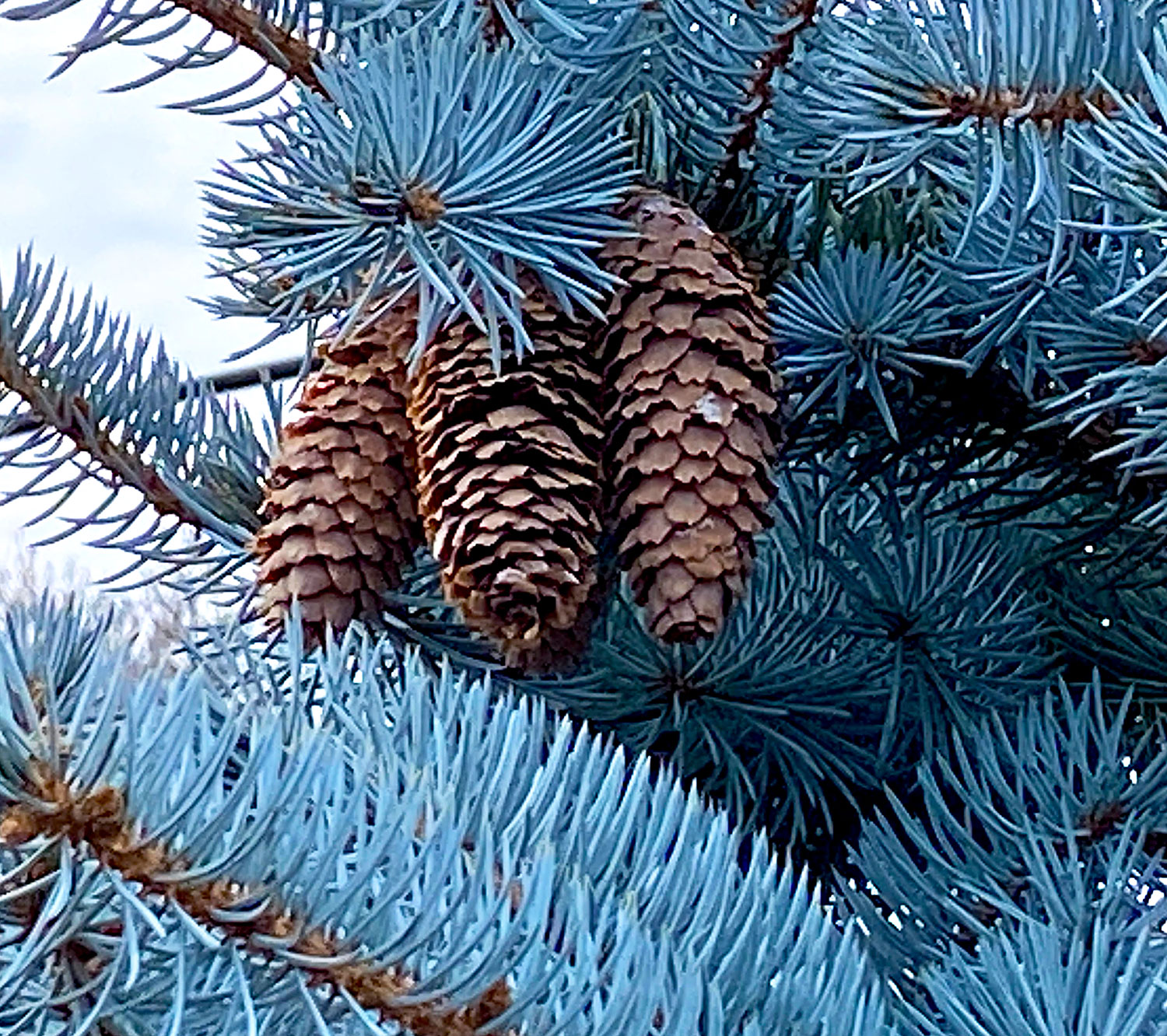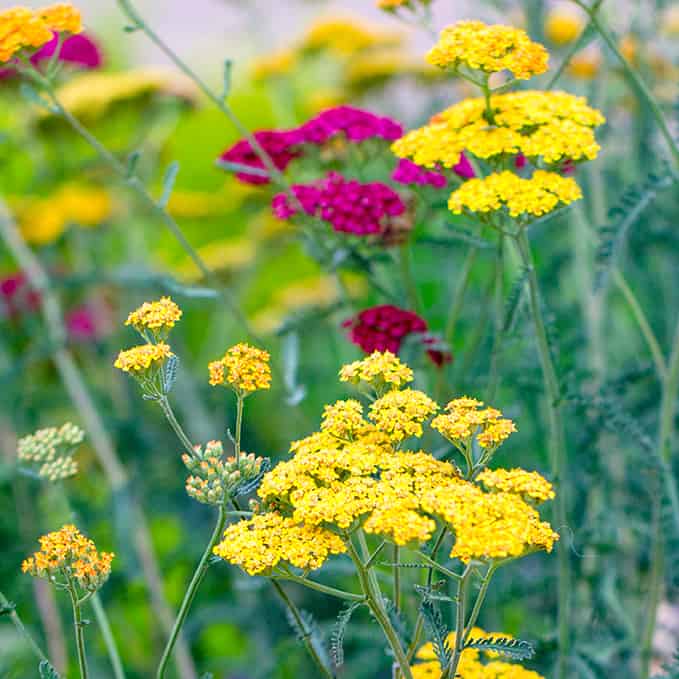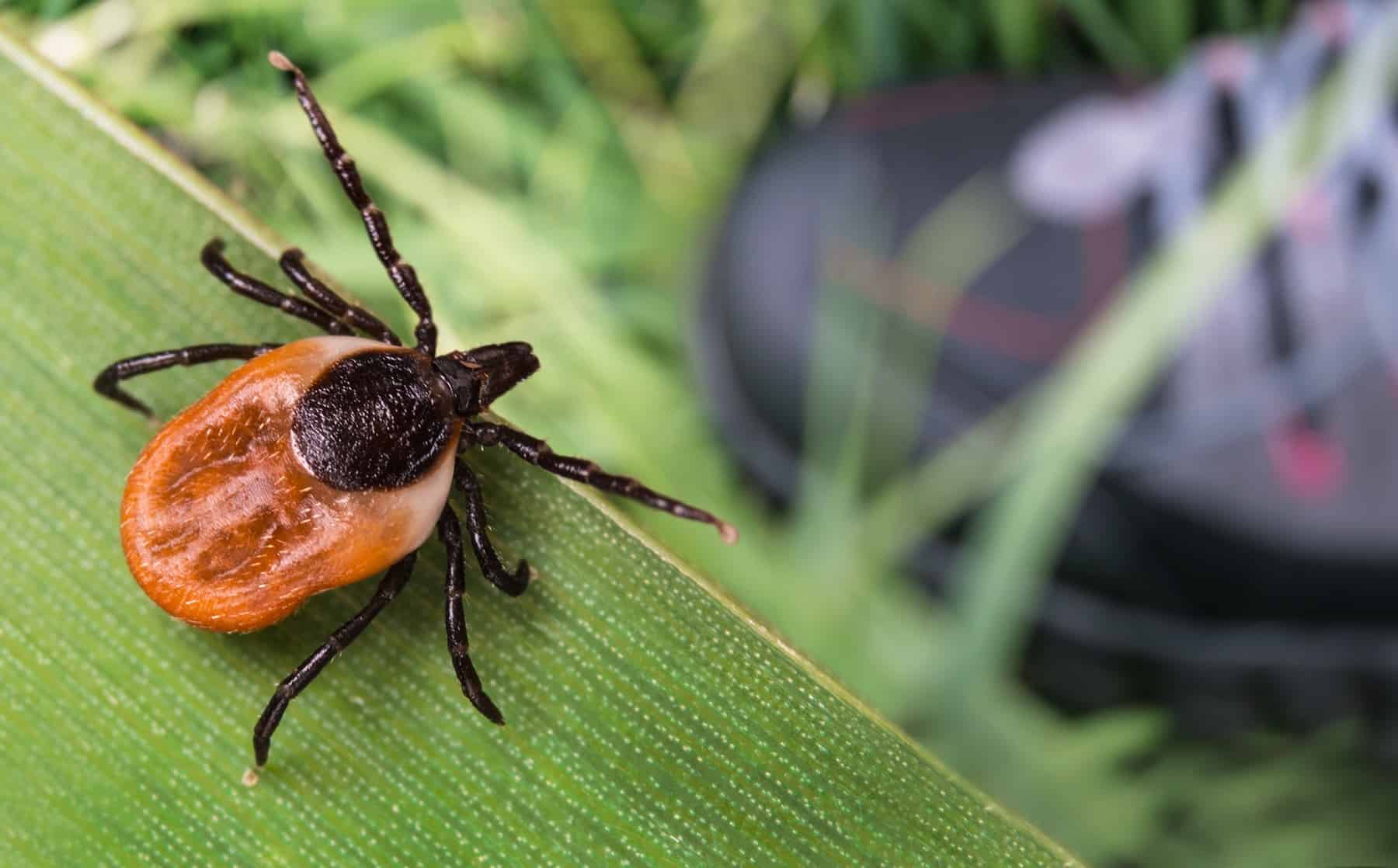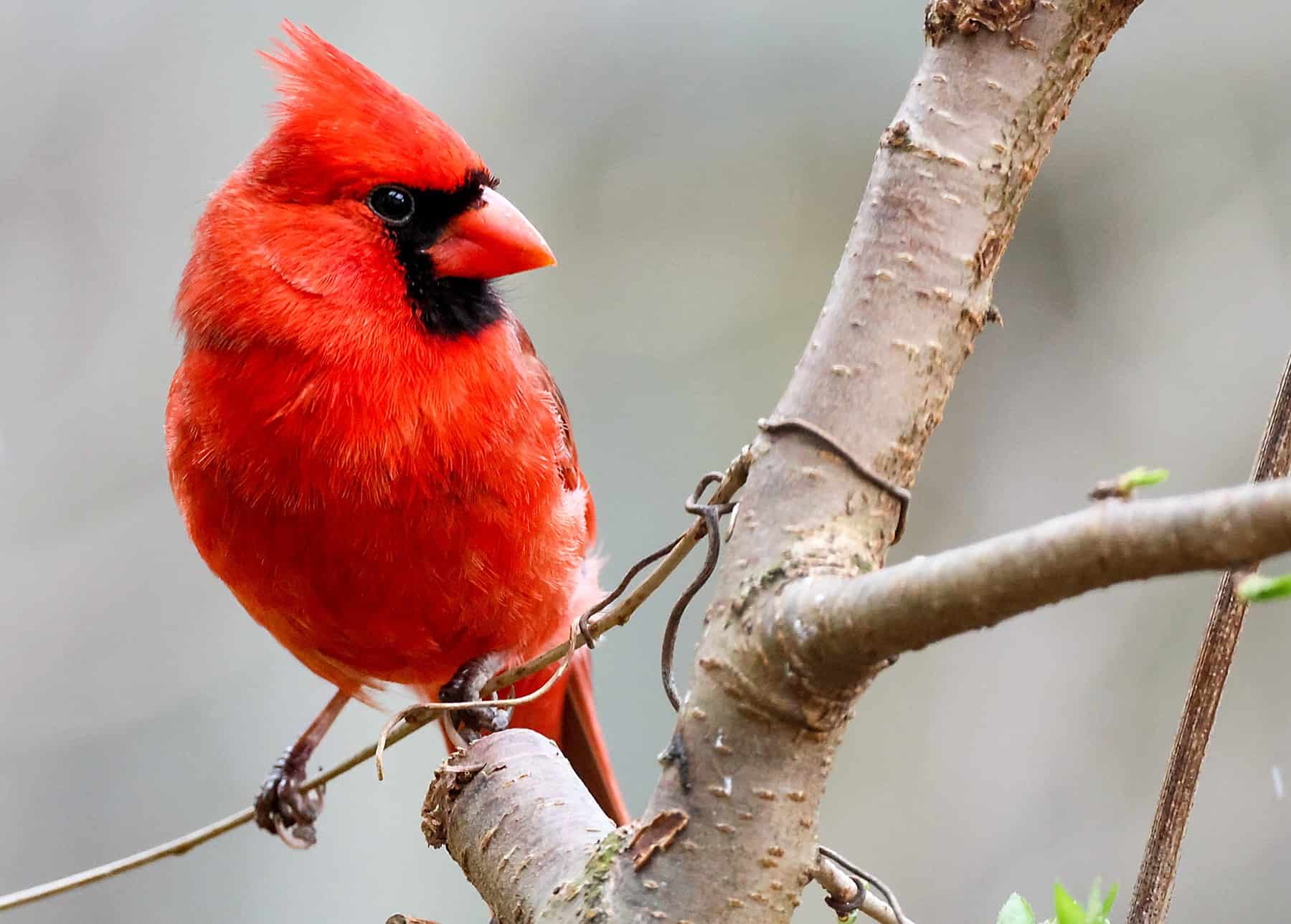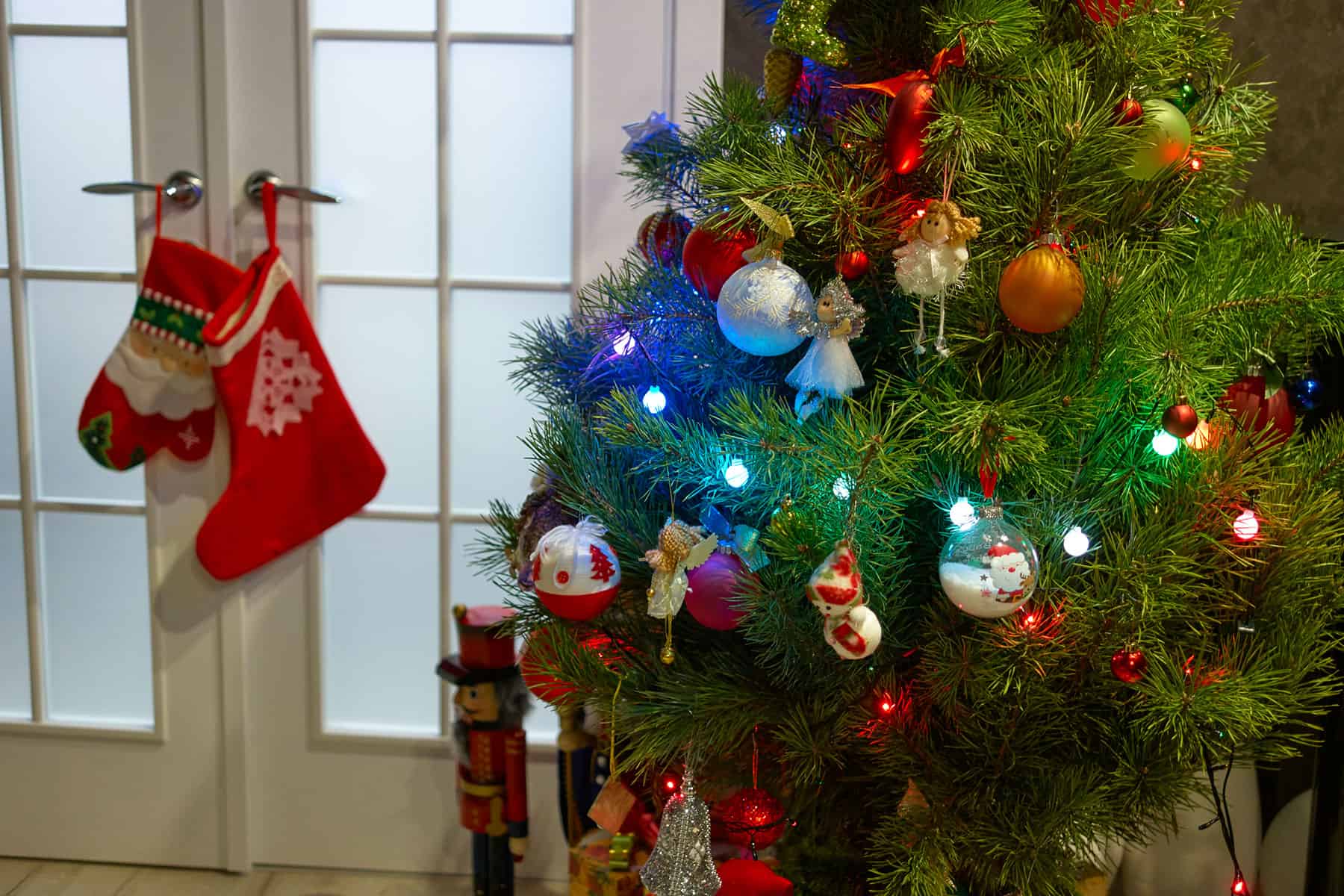[ad_1]
However as with almost every part in gardening, the definition isn’t so clear minimize. The lengthy reply is, there are additionally semi-evergreen and semi-deciduous crops.
Why you should know the distinction between evergreen and deciduous
Evergreen and deciduous timber and shrubs play completely different roles within the panorama, particularly in winter. Evergreens can be utilized for year-round windbreaks and all-season safety from extreme climate. Together with evergreen shrubs, in addition they add some inexperienced to an in any other case grey panorama within the coldest months.
Deciduous timber could be planted to strategically shade your private home from late afternoon solar in summer time. When their leaves are absent in winter, together with the shade, the solar warms your private home within the afternoon. Except for the utilitarian capabilities, aesthetics play a job too. Earlier than planting, take into consideration the way you’d like your panorama to look in all 4 seasons, which crops praise one another, and plant accordingly (please select native crops in your space). There are additionally causes for planting evergreens and deciduous crops to profit your native ecosystem and wildlife habitat.
What’s an evergreen tree or shrub?
An evergreen is a perennial that retains its leaves all year long and into the subsequent rising season. Truly, evergreens solely seem to maintain their leaves all season. They lose their leaves progressively all year long, and never unexpectedly like deciduous crops (therefore, pine needles on the forest flooring).
Some evergreens have leaves we name “needles” – lengthy and skinny and generally sharp, like these on pine timber or blue spruce. Others have thick, broad leaves which might be leather-like, such because the foliage on rhododendrons. Some evergreens produce cones as an alternative of flowers and are known as conifers – like pine, cedar, and spruce timber. Most conifers are evergreens, however not all.
Semi-evergreen crops
A plant is claimed to be semi-evergreen when their development sample falls between evergreen and deciduous. They could shed their foliage for less than a short while in winter, after which regrow leaves a month or two later. Different semi-evergreens could lose some however not all of their leaves for less than a fraction of a season. A semi-evergreen may additionally be evergreen in a light local weather however deciduous in a colder local weather.
Examples of evergreens
A lot of the timber and shrubs listed are plant households. Some are frequent names. Please seek the advice of your native college extension for evergreen crops which might be hardy in your space.
| Agave | Inkberry |
| Anacua (Knockaway, Sandpaper Tree) | Juniper |
| Anacahuite (Wild Olive) (Mexican-Olive) | Leucothoe |
| Arborvitae | Magnolia |
| Artemisia | Mahonia |
| Berberis (Barberry) | Manzanita |
| Bayberry (semi-evergreen) | Mountain Laurel |
| Bay Laurel | Nolina |
| Bluewood | Pacific Madrone |
| Boxwood | Palm timber |
| Broom | Pieris |
| Cactus | Pine |
| Calliandra (semi-deciduous or evergreen relying on local weather) | Pyracantha |
| Camellia | Redwoods |
| Cedar | Rhododendron / Azalea |
| Cercocarpus (mountain mahogany) | Snowbrush |
| Cotoneaster | Spruce |
| Cypress | Toyon |
| Daphne | Vauquelinia |
| Euonymus | Viburnum (some) |
| Fir | Wax Myrtle |
| Firethorn (semi-evergreen) | Yew |
| Hemlock | Yucca |
| Holly |
What’s a deciduous tree or shrub?
Sometimes, deciduous timber and shrubs lose their leaves on the finish of the rising season. In temperate areas, this happens within the fall, and in tropical and sub-tropical areas within the dry season. Often, leaves flip from inexperienced to orange, yellow or purple, after which brown proper earlier than they fall. Deciduous crops additionally could lose their leaves when underneath stress from poor planting, prolonged warmth, drought, pests, or illness. The deciduous tree or shrub can lose leaves at anytime when circumstances ship the plant into dormancy.
Semi-deciduous crops
A plant is semi-deciduous in the event that they shed leaves (go into dormancy) for less than a part of summer time or winter.
Examples of deciduous timber and shrubs
Lots of the timber and shrubs listed are plant households. Some are additionally frequent names. Please seek the advice of your native college extension for deciduous crops which might be hardy in your space.
| Abelia | Ironwood |
| Acacia | Itea |
| Aesculus (buckeye, horse chestnut) | Jacaranda |
| Alder | Lilac |
| American Yellowwood | Linden |
| Ash | Locust |
| Aspen | Maclura (osage orange, horse apple, hedge apple) |
| Basswood | Maple |
| Beech | Mesquite |
| Birch | Morus (Mulberry) |
| Blackgum | Myrica (bayberry) |
| Blackhaw | Ninebark |
| Blueberry | Oak |
| Buddleia (Butterfly Bush) | Pawpaw |
| Callicarpa (Magnificence Berry) | Pecan |
| Calycanthus (sweetshrub, carolina allspice) | Persimmon |
| Catalpa | Phellodendron (corktree) |
| Cephalanthus (button bush) | Plum |
| Cherry | Poplar |
| Chionanthus (fringetree) | Potentilla |
| Chokeberry | Redbud |
| Chokecherry | Sassafras |
| Cladrastis (yellowwood) | Serviceberry |
| Cottonwood | Sourwood |
| Crape Myrtle | Spirea |
| Crataegus (hawthorn, quickthorn, thornapple, cockspur thorn, maytree, hawberry) | Staphylea (bladdernut) |
| Daphne | Sumac |
| Dogwood | Sweetgum |
| Elderberry | Sycamore |
| Elm | Tamarack |
| Fothergilla | Viburnum |
| Forsythia | Walnut |
| Franklin Tree | Willow |
| Ginkgo | Winterberry |
| Gymnocladus (coffeetree) | Witch Hazel |
| Halesia (Silverbell) | |
| Hazel | |
| Hemlock | |
| Hickory | |
| Honey Locust | |
| Honeysuckle | |
| Hornbeam | |
| Hydrangea |
[ad_2]
